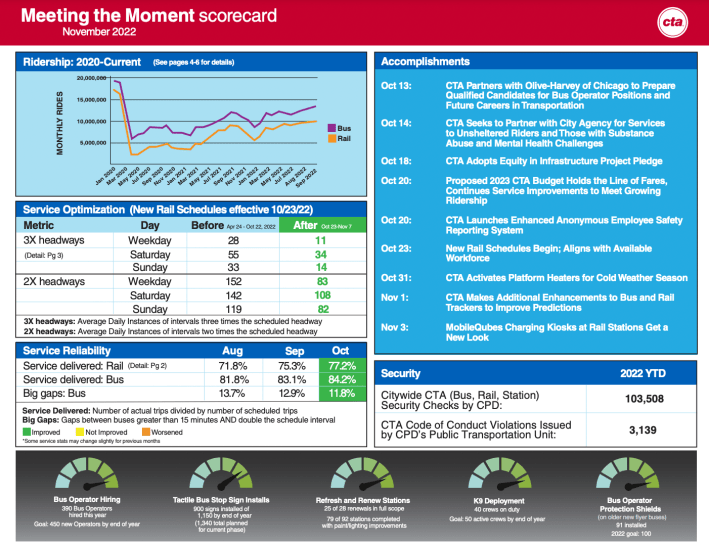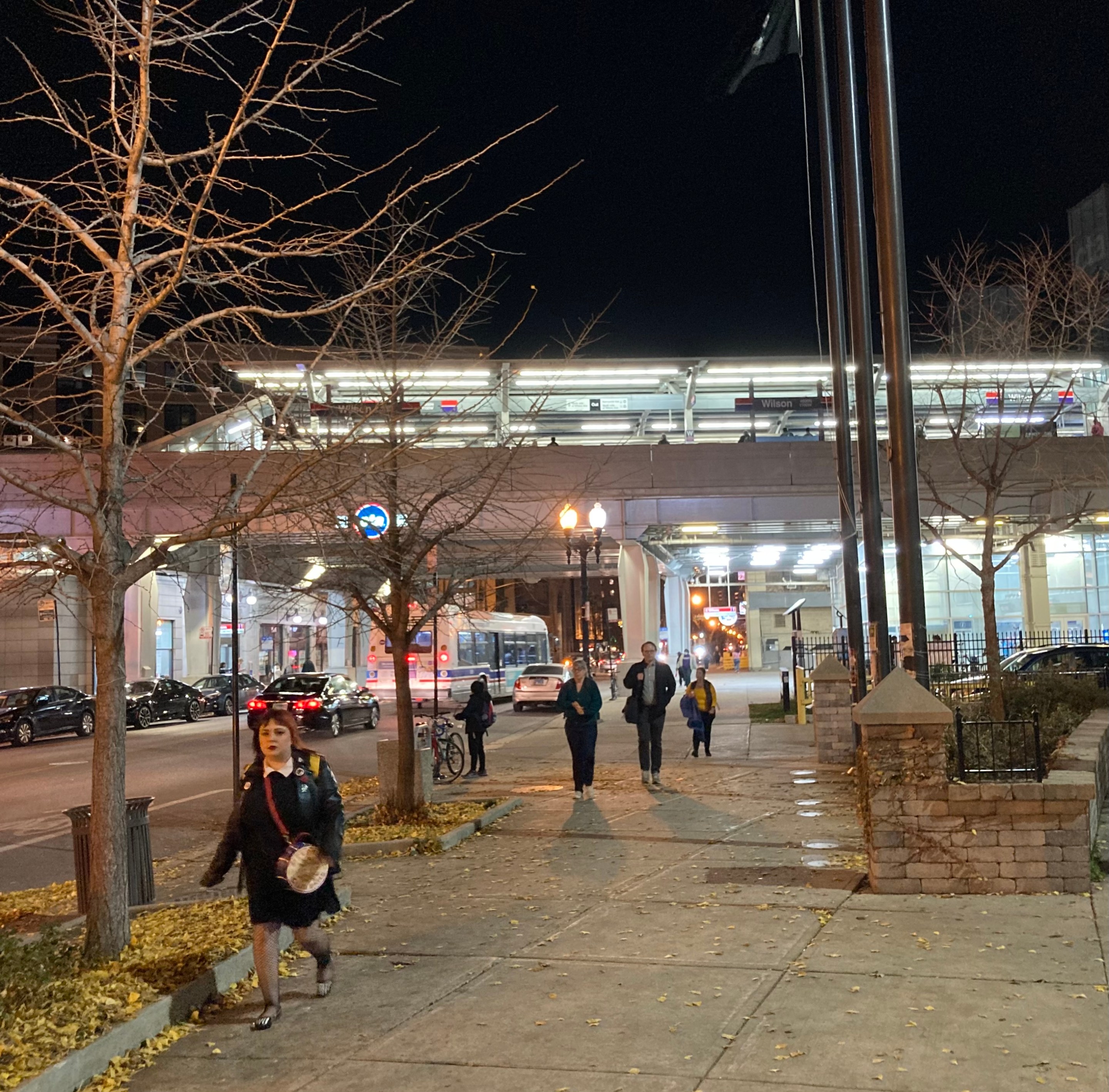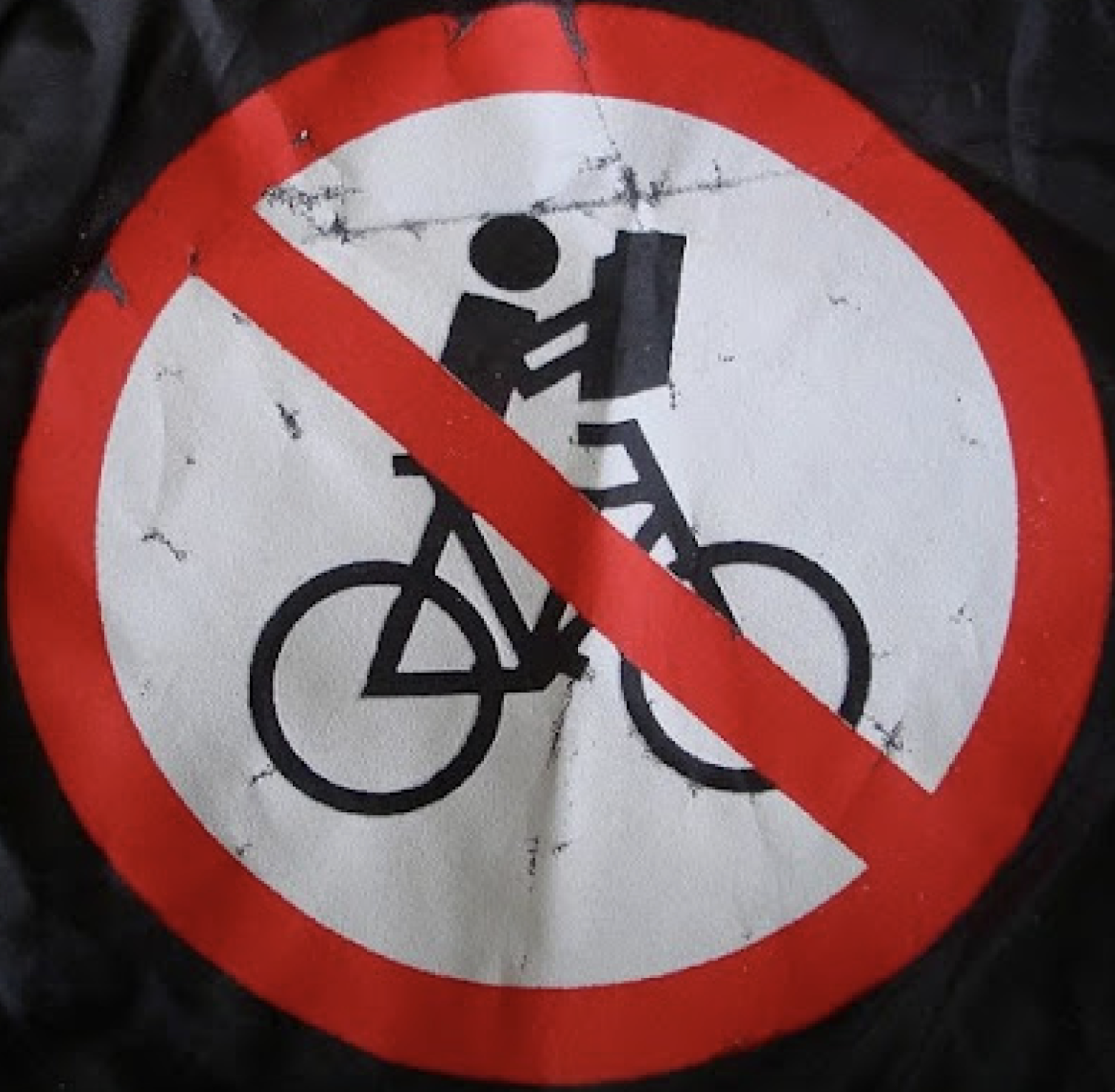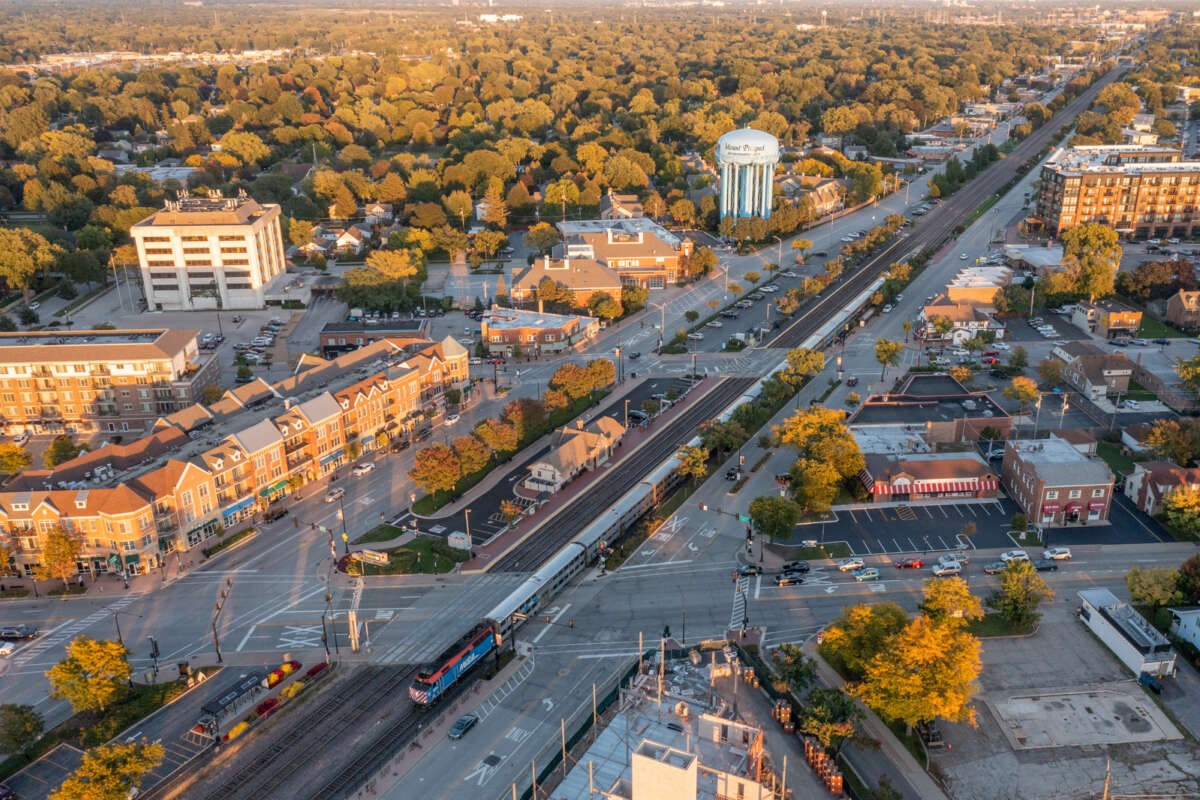As the CTA continues to struggle with reliability and safety issues, last month the transit agency rolled a new monthly scorecard to tell customers how the CTA is doing on the pandemic recovery goals set in its Meeting the Moment action plan. In addition, a new set of updated rail schedules kicked in on October 23. However, data analyst Fabio Göttlicher found that the new reduced published schedule for the Blue Line still doesn't align with the reality of how much service the agency is currently able to provide.
Today the agency released its November scorecard tracking the progress the agency is making on Meeting the Moment, including improvements rail and bus service, but also reflecting the need for more work in other areas.

Some of the results on the November scorecard:
- The CTA say the percentage of service delivered on rail lines continues to increase:
- In October, 77.2 percent of scheduled rail service was delivered, up from 71.8 percent in August this year.
- In comparison to pre-pandemic service delivery, weekday service since October 23, when the new rail service went into effect is at 82.5 percent (it was 95.4 percent pre-pandemic), Saturday service at 77.3 percent (83.9 percent pre-pandemic) and Sunday service at 77.6 percent (87.1 percent pre-pandemic)
- According to the agency, the Brown, Orange, Green and Pink Lines are all providing over 90 percent of their weekday scheduled service, a major improvement from previous schedule. However, the CTA says Blue Line service continues to have problems due to workforce unavailability, slow zones on the Forest Park branch, and weekend construction.
- The agency says instances of customers experiencing long wait times for trains – gaps known as double and triple the scheduled headways—on weekdays has dropped system-wide:
- Triple headways down 61 percent
- Double headways down 45 percent
The agency says the scorecard will continue to evolve to reflect new initiatives. For example, the CTA plans to provide a bus route-level analysis of service delivery after the rollout of new bus schedules later this winter.
For more information on the “Meeting the Moment” Action Plan, or to view the monthly scorecards, visit, www.transitchicago.com/meetingthemoment/.






